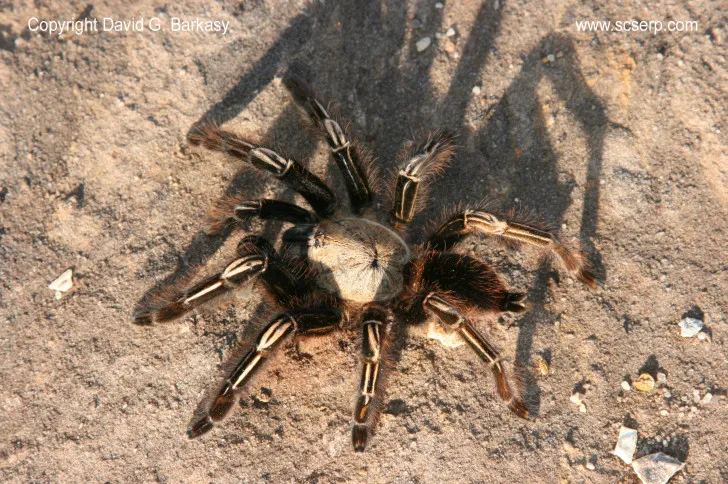Understanding Tarantula Size
Tarantulas, with their impressive size, are a captivating presence in the world of arachnids. The size of a tarantula is not just a matter of curiosity; it’s a crucial aspect of their biology, impacting everything from their hunting strategies to their overall health. Understanding the factors that determine a tarantula’s size, how to accurately measure them, and the variations across different species is essential for anyone interested in these fascinating creatures, whether as a pet owner or simply a curious observer. This guide dives into the specifics of tarantula size, providing a comprehensive understanding of this intriguing aspect of their existence.
Factors Influencing Tarantula Size
Several factors play a significant role in determining how large a tarantula will grow. These factors interact in complex ways, influencing the final size and overall health of the spider. Understanding these elements can help in providing the best possible care for a pet tarantula, or in appreciating the diversity of sizes within the tarantula family. Genetics, diet, and environment all contribute to how big a tarantula can get. The interplay of these factors creates the remarkable variation in size observed across different tarantula species and even within the same species.
Genetics and Species
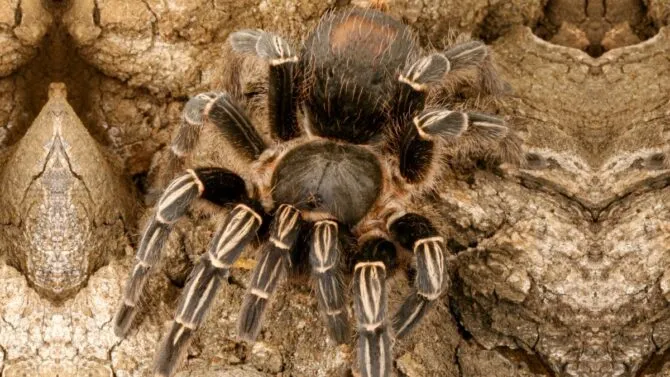
The most fundamental factor influencing tarantula size is genetics, which dictates the potential size range of a species. Some tarantula species are naturally larger than others. For instance, the Goliath Birdeater (Theraphosa blondi) is known as one of the largest tarantulas in the world, with a leg span that can exceed 10 inches. In contrast, other species, like the Psalmopoeus irminia, tend to be smaller. The genetic makeup of a tarantula determines the upper limit of its size, setting the stage for how large it can potentially become. Purebred tarantulas tend to stick to the known sizes within the species while cross-bred tarantulas may be bigger or smaller.
Diet and Nutrition
Diet and nutrition are critical for a tarantula’s growth. A tarantula’s size directly correlates with the quality and quantity of food it consumes, particularly during its molting phase. A diet rich in essential nutrients will support healthy growth, while a poor diet can stunt growth or lead to health problems. Regular feeding of appropriately sized insects, such as crickets, roaches, or mealworms, is essential. Overfeeding, however, can be detrimental, potentially leading to obesity and other health issues. Providing a balanced and appropriate diet ensures that the tarantula reaches its genetic potential in terms of size.
Environmental Conditions
Environmental conditions, including temperature and humidity, significantly impact tarantula growth. Tarantulas thrive in specific environmental conditions, and deviations from these can affect their growth rate and overall size. Maintaining the correct temperature and humidity levels within the enclosure is crucial for successful molting. Too much or too little humidity, and the tarantula may struggle to shed its exoskeleton properly, leading to health complications. Proper environmental conditions support healthy molting cycles, which are essential for tarantulas to grow. Providing the right environment ensures that the tarantula can reach its full size potential.
How to Measure Tarantula Size Accurately
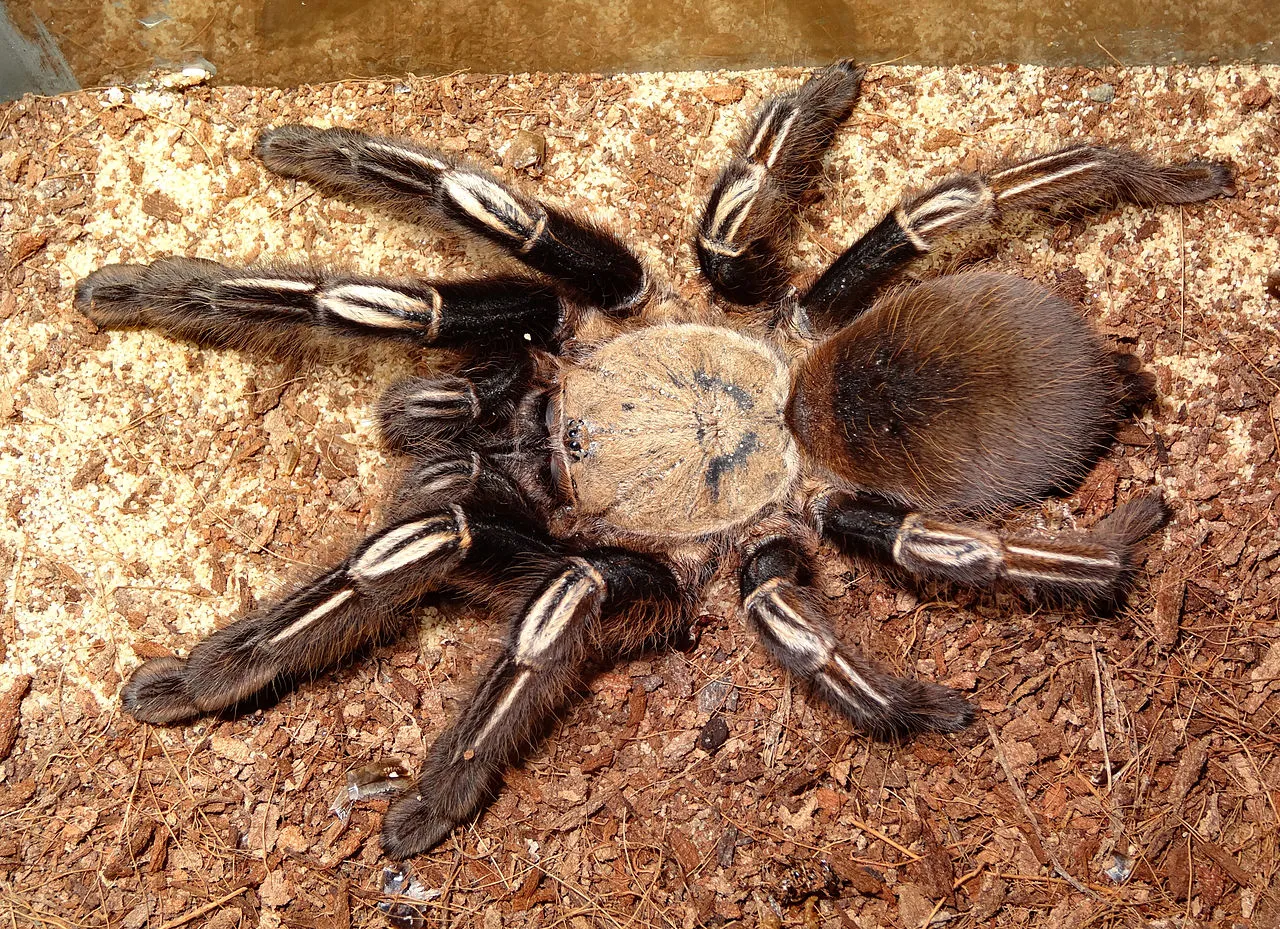
Accurately measuring a tarantula’s size is important for monitoring its growth and assessing its overall health. Two primary measurements are used to determine tarantula size Body length and leg span. Each provides valuable information about the tarantula’s dimensions. Understanding how to measure correctly is essential for accurately tracking changes in size over time. These measurements give an indication of the tarantula’s overall size and give indications of whether they are on track with growth. It is essential to be extremely careful when handling and measuring a tarantula to avoid stressing the animal or risking injury.
Measuring Body Length
Body length is the measurement from the front of the chelicerae (mouthparts) to the back of the abdomen. This measurement gives an idea of the overall length of the tarantula’s body. Gently coaxing the tarantula onto a clear surface is a good start. Then, use a ruler or measuring tape to carefully measure the distance between the points. It is important to measure carefully and avoid any stress to the tarantula during the process. When measuring body length, be sure to avoid stretching the tarantula.
Measuring Leg Span
Leg span is the measurement from the tip of one leg to the tip of the opposite leg, when the legs are stretched out. This measurement is a more general indicator of the overall size. Measuring leg span accurately requires the tarantula to be positioned with its legs extended. Measure the distance between the tips of the front legs or the back legs, depending on which span is larger. Because tarantulas often curl their legs, this measurement is only an estimate. A good ruler or measuring tape is all that is needed. Remember that this measurement can fluctuate slightly depending on how the spider is positioned and its mood.
Comparing Size Across Species
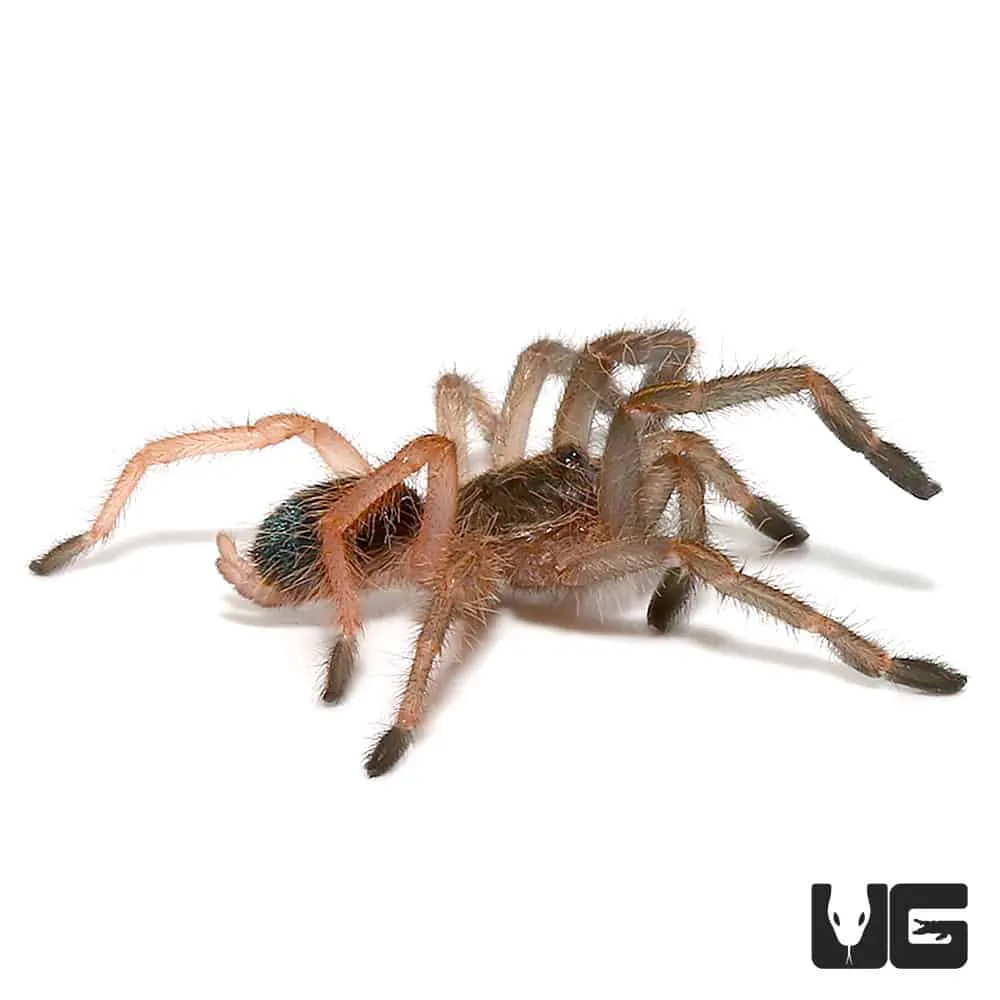
Tarantula sizes vary greatly among different species, offering a fascinating glimpse into the diversity within this group of arachnids. Some species are known for their impressive size, while others remain relatively small. Comparing the sizes of different tarantula species is a great way to appreciate the variety of these animals. Knowing the average sizes of different species can help pet owners choose tarantulas that fit their expectations and enclosure sizes, or to understand what to expect. By comparing sizes, you can better appreciate the diversity of the tarantula world.
Popular Tarantula Species and Their Sizes
The size of a tarantula varies across species. Some examples include: the Goliath Birdeater, one of the largest tarantula species, can have a leg span exceeding 10 inches. The Pinktoe tarantula is smaller, with a leg span of approximately 5-6 inches. The Mexican Redknee tarantula is another popular species, with an average leg span of about 5-6 inches. The size range of each species can also vary based on the individual tarantula, the conditions in which it is kept, and its overall health. These examples highlight the incredible variety in tarantula sizes, underscoring the importance of understanding species-specific size information.
The Goliath Birdeater Tarantula
The Goliath Birdeater (Theraphosa blondi) is known as one of the largest tarantulas, with leg spans that can exceed 10 inches. This species, native to the rainforests of South America, is a sight to behold. Their impressive size makes them a popular choice for experienced tarantula keepers. Their large size means they require a larger enclosure and more food. Because of their size, they are not recommended for beginners.
The Pinktoe Tarantula
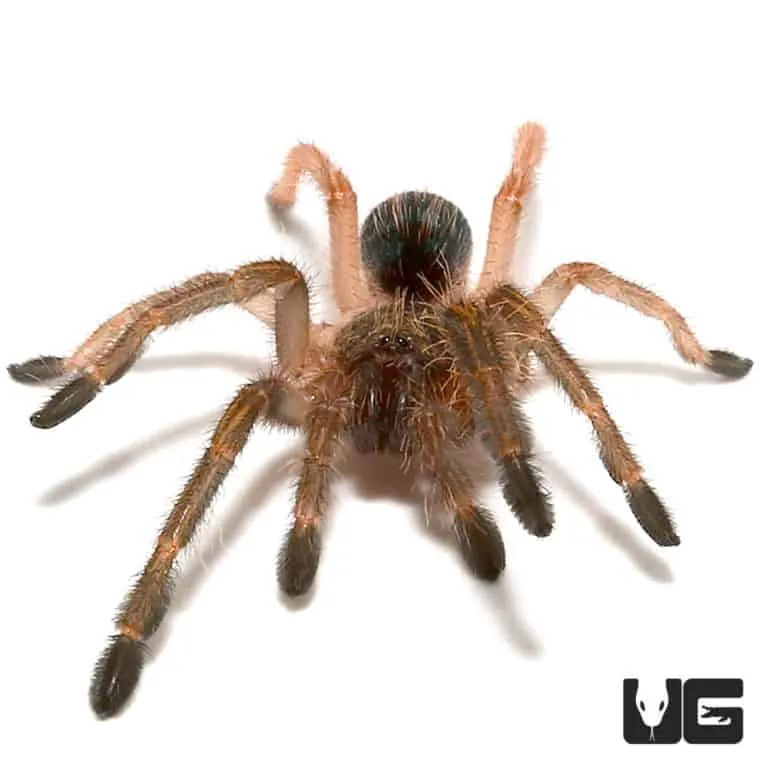
The Pinktoe tarantula (Avicularia avicularia) is a much smaller species, with an average leg span of 5-6 inches. They are known for their arboreal lifestyle and delicate appearance. Their size makes them a more manageable pet for beginners. Their smaller size also means they need less space and less food, reducing the associated cost of care. These tarantulas are typically less aggressive.
The Mexican Redknee Tarantula
The Mexican Redknee tarantula (Brachypelma hamorii) is another well-known species, with a leg span that typically reaches 5-6 inches. They are popular pets due to their docile nature and striking coloration. These tarantulas grow slowly, reaching their full size over several years. Because of their temperament and manageable size, they are a good choice for beginners. This species is also known to be fairly hardy and can live for many years.
Common Size Myths and Misconceptions
There are several myths and misconceptions about tarantula size that can lead to inaccurate expectations and improper care. Separating fact from fiction is important to ensure the well-being of these arachnids. Understanding these common myths and the realities behind them will help clear up common misconceptions and improve tarantula care. Common myths often involve unrealistic expectations about growth rate, maximum sizes, or the influence of certain care practices on size.
Debunking Size Myths

One common myth is that tarantulas can grow to any size if given enough food. While diet and nutrition are important, genetics play a significant role in determining the upper limit of size. Another myth is that a larger enclosure will automatically result in a larger tarantula, when in reality, the enclosure size should match the tarantula’s size and needs. Finally, the myth of a tarantula growing to a massive size in a short amount of time should be debunked, as tarantulas grow slowly, taking several years to reach their full size.
Health and Size Relationship
A tarantula’s size can be a significant indicator of its overall health. A healthy tarantula generally grows at a steady pace, molting regularly, and reaching its species-specific size range. Significant deviations from the expected growth rate or size can be a sign of health issues. Slow growth, stunted growth, or an unusually small size can indicate problems with the diet, environmental conditions, or underlying health problems. Regular observation, proper care, and understanding the relationship between size and health are important aspects of responsible tarantula ownership.
Caring for Your Tarantula for Optimal Growth
Providing proper care is essential for promoting healthy growth and ensuring that your tarantula reaches its potential size. From providing the right enclosure to offering a balanced diet and maintaining optimal environmental conditions, every aspect of care plays a role. Creating the right environment is key for the health and well-being of a tarantula. Paying attention to all these factors will help your tarantula thrive and reach its full potential. Providing the right care demonstrates your commitment to your pet’s health and well-being.
Providing the Right Enclosure
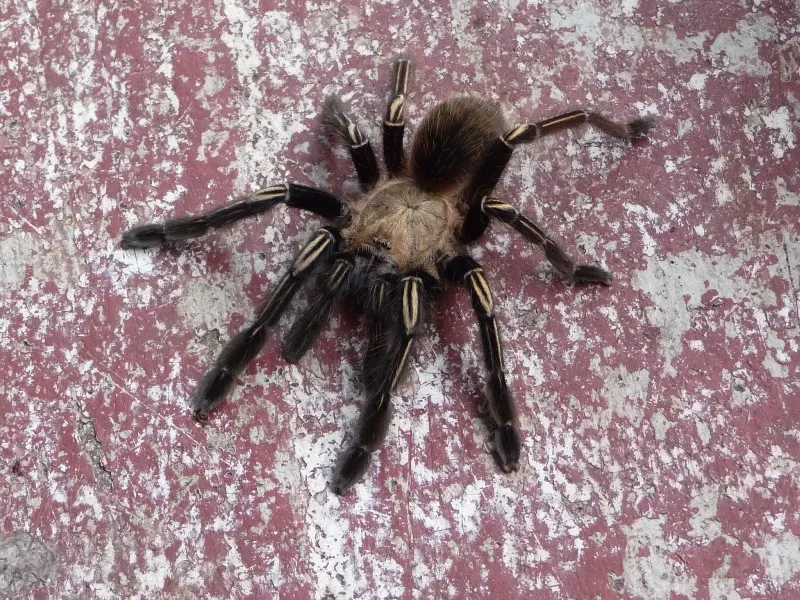
The enclosure should be appropriately sized for the tarantula’s species and size. It should provide ample space for movement and molting. The enclosure must be escape-proof, with a secure lid and proper ventilation to maintain healthy humidity levels. The enclosure should include substrate, such as coconut fiber or vermiculite, to provide a natural environment and help regulate humidity. A hide or shelter should also be provided to allow the tarantula to feel safe and secure. The right enclosure is vital for the comfort and growth of your pet.
Feeding Guidelines
Feeding your tarantula an appropriate diet is crucial for its growth and health. Feed young tarantulas more frequently than adults. Offer appropriately sized prey items, such as crickets, roaches, or mealworms, and remove uneaten food within 24 hours to prevent mold and mites. Always ensure the prey items are gut-loaded with nutritious food before offering them to your tarantula. Fresh, clean water should be available at all times. The correct feeding regime will contribute to healthy growth and development.
Maintaining Proper Humidity and Temperature
Maintaining the correct humidity and temperature levels are essential for successful molting and overall health. Research the specific requirements of your tarantula species, as humidity and temperature needs vary. Use a hygrometer to monitor humidity levels and adjust accordingly, using a spray bottle to mist the enclosure as needed. Provide a heat source, such as a heat mat or ceramic heat emitter, to maintain the correct temperature range, avoiding direct contact with the tarantula. The proper environment is crucial for your tarantula’s molting and overall well-being.
